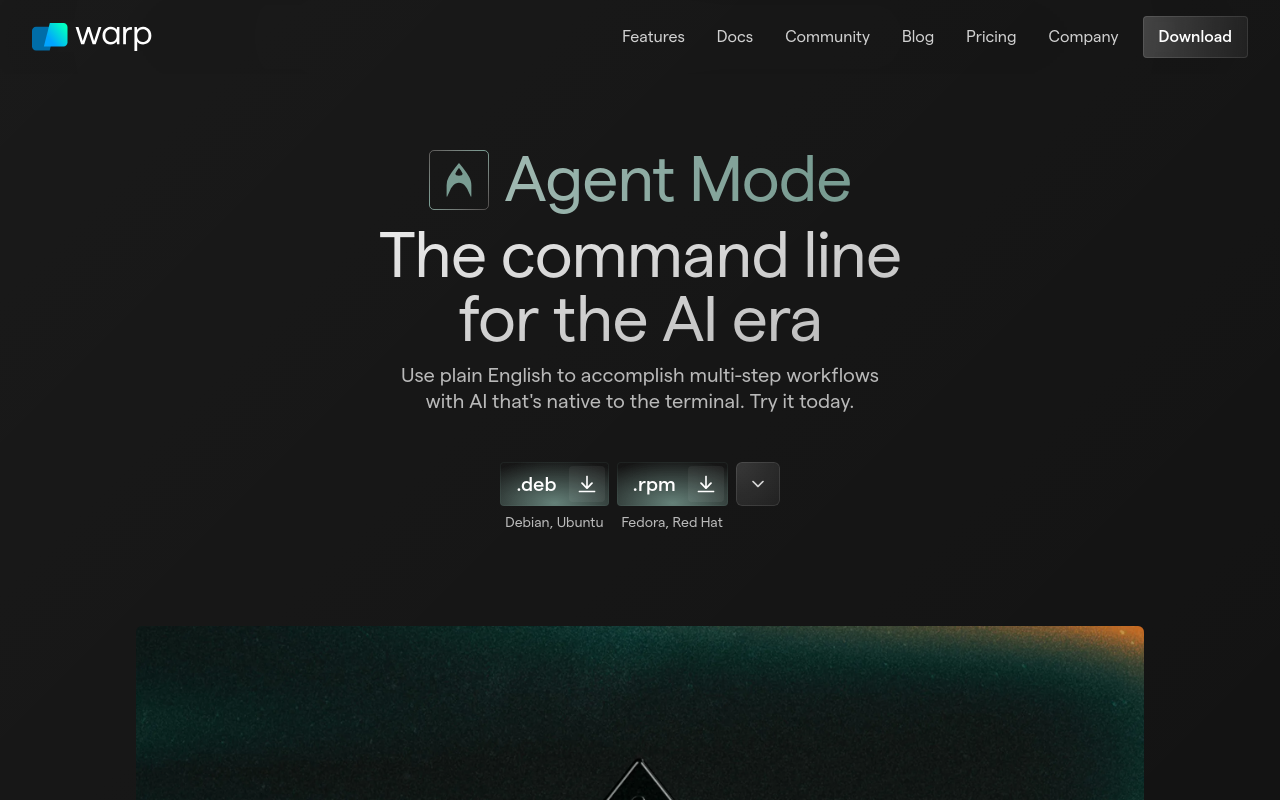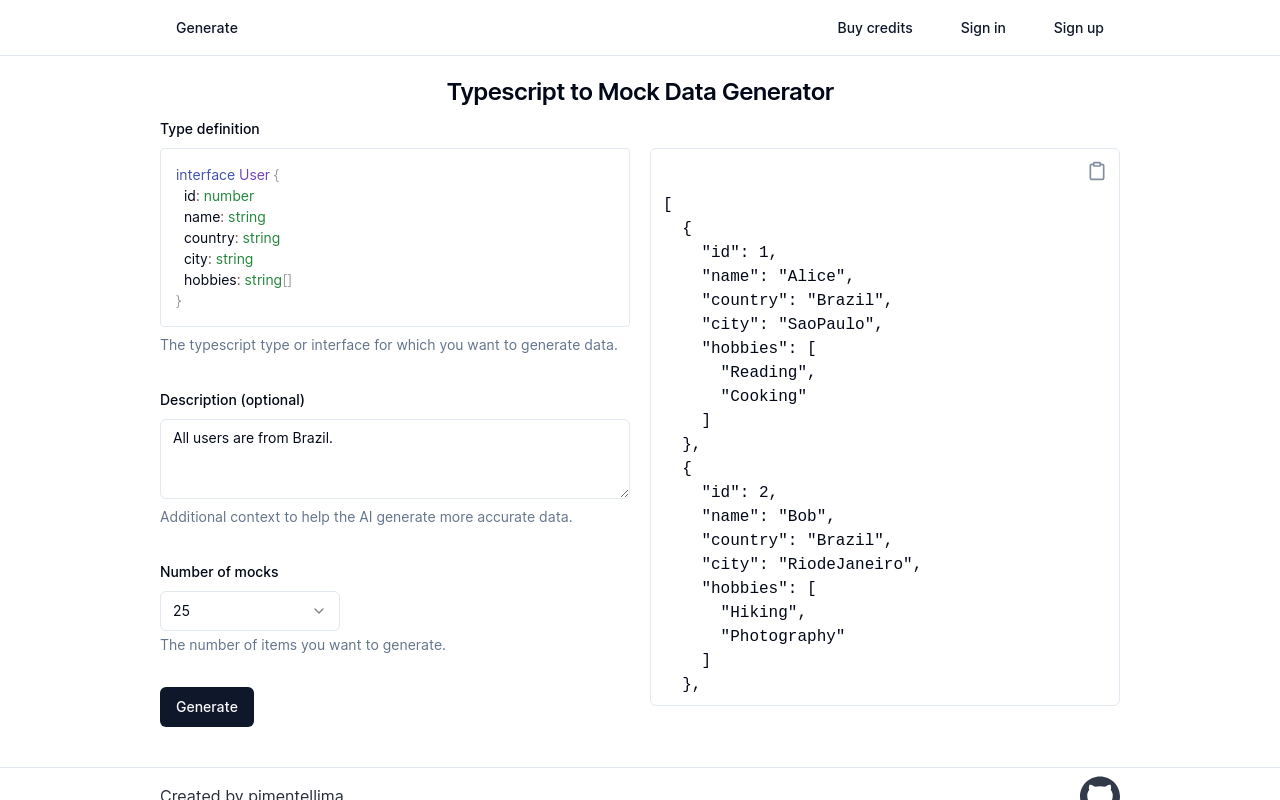Whisper
Robust Speech Recognition via Large-Scale Weak Supervision
Best for:
- Developers
- Businesses
- Content Creators
Use cases:
- Automated transcription services
- Customer support
- Speech-to-text for accessibility
Users like:
- IT Development
- Customer Support
- Content Management
What is Whisper?
Quick Introduction
Whisper is an advanced general-purpose speech recognition model developed by OpenAI. It is designed to cater to a wide audience, including developers, researchers, and businesses looking for reliable voice-to-text solutions. Whisper employs large-scale weak supervision, which involves training the model on a vast and heterogeneous dataset of audio. This results in a sturdy speech recognition tool that excels in various tasks such as multilingual speech recognition, speech translation, and spoken language identification.
The utility of Whisper extends to numerous fields like automated transcription services, customer support, content creation, and accessibility solutions for the hearing impaired. The model is particularly pertinent for developers looking to integrate voice recognition capabilities into their applications or systems. Whisper’s multitasking model design allows it to replace traditional speech processing pipelines, thereby simplifying development and ensuring high accuracy across various speech tasks.
Pros and Cons
Pros:
- High Accuracy: Whisper boasts superior accuracy, especially with its larger models, which is critical for enterprise-level applications.
- Multilingual Support: It can recognize and translate multiple languages, making it ideal for international businesses.
- Comprehensive Functionality: The model integrates various speech tasks, reducing the need for separate tools.
Cons:
- Resource Intensive: The larger models require significant VRAM, which could be a barrier for users with limited hardware.
- Setup Complexity: Initial setup requires several dependencies like Python, PyTorch, and ffmpeg, which might be challenging for non-developers.
- Internet Dependency: For some applications, continuous remote access might be necessary to take full advantage of Whisper’s capabilities.
TL:DR
- Comprehensive Voice-to-Text: Converts speech in multiple languages to text highly accurately.
- Speech Translation: Offers robust multilingual speech translation capabilities.
- Voice Activity Detection: Detects and identifies when speech is occurring, ensuring efficient processing.
Features and Functionality
- Multilingual Speech Recognition: Handles audio in different languages with high accuracy, catering to a global audience.
- Speech Translation: Can translate spoken content from one language to another, providing a dual function in audio language services.
- Voice Activity Detection: Identifies segments of audio where speech activity occurs, allowing for efficient processing and filtering of silent parts.
- Scalable Model Sizes: Offers multiple model sizes like tiny, base, small, medium, and large, adjusting performance and resource needs to user requirements.
- Transformer Architecture: Utilizes a Transformer sequence-to-sequence model that enhances the prediction capability for various speech processing tasks.
Integration and Compatibility
Whisper is Python-based and relies predominantly on the PyTorch framework. It requires Python 3.8-3.11 and the ffmpeg command-line tool for audio processing, making it highly compatible with most modern development environments. While the main integration is via Python code, it can also be utilized through command-line operations, ensuring ease of integration across different platforms and software setups. However, it does not integrate directly with specific software products or other programing languages, positioning it more as a standalone tool with strong flexibility offered by its API.
Benefits and Advantages
- Improved Accuracy: Delivers exceptional accuracy in speech recognition and translation tasks, making it highly reliable.
- Multilingual Capability: Supports multiple languages, essential for businesses that operate globally.
- Efficiency: Voice activity detection ensures that only useful segments of audio are processed, saving time and compute resources.
- Versatility: Integrates various speech processing tasks into one model, simplifying development pipelines.
- Scalability: Offers different model sizes to balance between speed, accuracy, and resource requirements.
Pricing and Licensing
Whisper is available as an open-source tool under the MIT License, allowing for free usage and distribution. Users can download and install it from the GitHub repository (pip install -U openai-whisper) or utilize the latest commit directly via Git. The availability of five different model sizes (tiny, base, small, medium, large) makes it adaptable to different computational capacities and requirements, ensuring a wide application breadth from individual developers to large enterprises.
Support and Resources
The primary support channels for Whisper include documentation available on the GitHub repository and an active community forum where users can seek help and share experiences.
Do you use Whisper?
Additionally, there are extensive resources like the model card, example usage in Python notebooks, and troubleshooting guides for setting up dependencies and environments. OpenAI also provides a detailed README section on the Whisper GitHub page that includes setup instructions and additional command-line usage examples.
Whisper as an Alternative to:
Whisper can be seen as an alternative to Google’s Speech-to-Text API. While both offer accurate speech recognition systems, Whisper stands out by being open source, which eliminates subscription costs and offers greater customization. Furthermore, Whisper’s integration of tasks like multilingual speech recognition and translation provides additional functionality that Google’s service may not offer natively. Its transformer-based model allows users to deploy on local systems without dependency on cloud services, ensuring data security and privacy.
Alternatives to Whisper
- Google Speech-to-Text: Known for its accuracy and ease of integration with other Google Cloud services, suitable for developers looking for robust cloud-based speech recognition.
- IBM Watson Speech to Text: Offers extensive customization, speaker diarization, and keywords spotting, making it ideal for enterprise solutions with specific requirements.
- Microsoft Azure Cognitive Services: Provides real-time speech recognition, especially useful for Microsoft ecosystem users due to seamless integration with Azure services.
Conclusion
Whisper stands as a versatile and highly accurate speech recognition model that caters to a diverse range of applications. Its powerful transformer architecture combines multiple speech processing tasks, making it an all-in-one solution for developers. With scalable model sizes, Whisper is adaptable to different hardware capabilities ensuring broad user accessibility. Its open-source nature offers freedom from licensing fees, making it an attractive option for businesses and individual developers alike. By providing multilingual support, Whisper is well-suited for today’s global landscape, bridging language barriers and making communication more efficient. Overall, Whisper’s robust capabilities and flexibility make it a highly beneficial tool in the speech recognition domain.



